What's inside the yellow box? Amazing discoveries and experiences await you in every issue of National Geographic magazine.
FROM THE EDITOR
AlUla: Mastering the Desert’s Water • Oases make deserts navigable and livable, becoming a natural focus for life. In AlUla, skillful water management helped create the oasis and turn it into a power base for rulers.
FAIRY TALES, REIMAGINED • When viewed through the lens of Nigerian history, culture, and politics, traditionally European stories take on new meanings.
The Thylacine’s Life After Life • NEARLY A CENTURY AFTER IT WAS WIPED OUT, THE TASMANIAN TIGER IS A PRIZED NATIONAL SYMBOL—AND A TARGET FOR DE-EXTINCTION.
RETURN OF THE ‘TIGER’ • The thylacine, or Tasmanian tiger, was once the world’s largest carnivorous marsupial and Tasmania’s top predator, keeping its ecosystem in balance. But Europeans who settled Australia in the 1800s branded the animals a threat to the sheep industry, and a bounty program drove thylacines to extinction. Now scientists are trying to bring the species back to life.
ROMAN BATH RINGS • TAKING A SOAK COST WEALTHY BATHERS THE GEMSTONES IN THEIR JEWELRY.
DISPATCHES FROM THE FRONT LINES OF SCIENCE AND INNOVATION
CHIMPS, US & COCKATOOS • THE ABILITY TO PLAN, BRING, AND USE THE RIGHT TOOLS FOR THE JOB IS SHOWN IN A THIRD SPECIES.
A collection of craniums for Ramses II
FIRE AND ICE • Fierce terrain keeps Iceland’s interior highlands secluded, safeguarding an otherworldly beauty.
WHAT’S NEW AND NOTEWORTHY AROUND THE WORLD • This month’s picks take us from a Civil War battlefield to a bike trail in Slovenia.
IS THAT A MATE OR A DIVER’S FIN? THE SEX WOES OF OLIVE SEA SNAKES
WHY WE EXPLORE • EXPLORATION IS WHAT HUMANS DO. WE VENTURE INTO THE UNKNOWN TO FIND UNEXPECTED PLACES TO FLOURISH IN, NEW BOUNDARIES TO PUSH, AND MYSTERIOUS PHENOMENA TO DECIPHER. WE’VE BEEN DOING IT FOR MILLENNIA, AND WE’VE ONLY JUST BEGUN.
MOMENTS OF DISCOVERY • FOR 135 YEARS, NATIONAL GEOGRAPHIC HAS COVERED THE WORLD’S WONDERS AND SUPPORTED PEOPLE WHO—WITH DARING IMAGINATION, CAREFUL PREPARATION, AND CREATIVE EXPERIMENTATION—HAVE GONE DEEPER, HIGHER, AND FARTHER THAN ANYONE THOUGHT POS SIBLE.
FINDING OUR WAY FORWARD • WE’RE LIVING IN A NEW AGE OF EXPLORATION.
THE AMAZON’S FIRST STORYTELLERS • A CHALLENGING JOURNEY TO THE MOST EXTENSIVE ROCK ART IN THE AMERICAS KICKS OFF A TWO-YEAR EXPEDITION ALONG THE AMAZON RIVER, FROM THE ANDES TO THE ATLANTIC.
REMOTE TREASURES • Tepuis, remnants of an eroded ancient plateau, loom above the protected jungle in Colombia’s Chiribiquete Park. Their vertical sides, used as canvases by Indigenous peoples, are decorated with ornate pictographs testifying to the human presence here for millennia. Celebrated as a World Heritage site, the park is off-limits to tourism, but unsanctioned visits and illegal deforestation are growing threats.
RETURN TO THE CAVE OF BONES
INSIDE THE CAVE OF BONES • In 2013 a team of scientists led by National Geographic Explorer Lee Berger excavated the remains of Homo naledi from the Dinaledi chamber in the Rising Star cave system in South Africa. Berger’s controversial new theory is that these hominins didn’t just dispose of bodies in Dinaledi; they buried them. Recent explorations are shedding light on how they could have navigated the narrow channels of the subterranean labyrinth.
A WILD PLAN • Aquariums around the world are raising endangered sharks and releasing them into the sea. It’s an unprecedented mission. And it just might work.
RAISE AND RELEASE • The international ReShark collective seeks to restore threatened shark and ray species to their known historic ranges, a boon for marine ecosystems. Its first project: to rewild Indonesian...
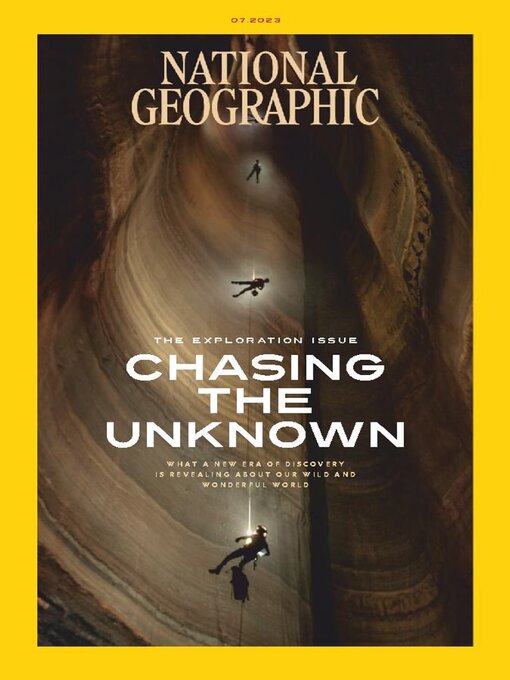
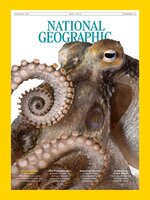 May 01 2024
May 01 2024
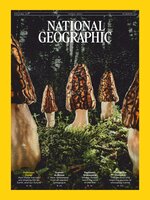 Apr 01 2024
Apr 01 2024
 Mar 01 2024
Mar 01 2024
 Feb 01 2024
Feb 01 2024
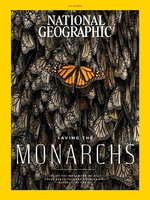 Jan 01 2024
Jan 01 2024
 Dec 01 2023
Dec 01 2023
 Nov 01 2023
Nov 01 2023
 Oct 01 2023
Oct 01 2023
 Sep 01 2023
Sep 01 2023
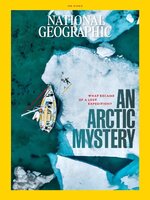 Aug 01 2023
Aug 01 2023
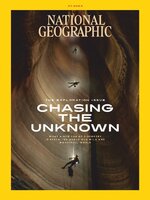 Jul 01 2023
Jul 01 2023
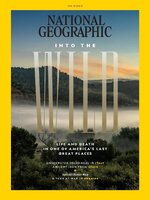 Jun 01 2023
Jun 01 2023
 May 01 2023
May 01 2023
 Apr 01 2023
Apr 01 2023
 Mar 01 2023
Mar 01 2023
 Feb 01 2023
Feb 01 2023
 Jan 01 2023
Jan 01 2023
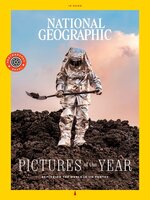 Dec 01 2022
Dec 01 2022
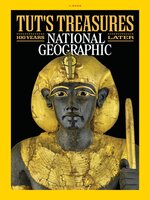 Nov 01 2022
Nov 01 2022
 Oct 01 2022
Oct 01 2022
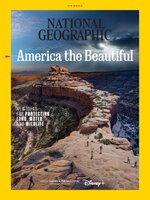 Sep 01 2022
Sep 01 2022
 Aug 01 2022
Aug 01 2022
 Jul 01 2022
Jul 01 2022
 Jun 01 2022
Jun 01 2022
